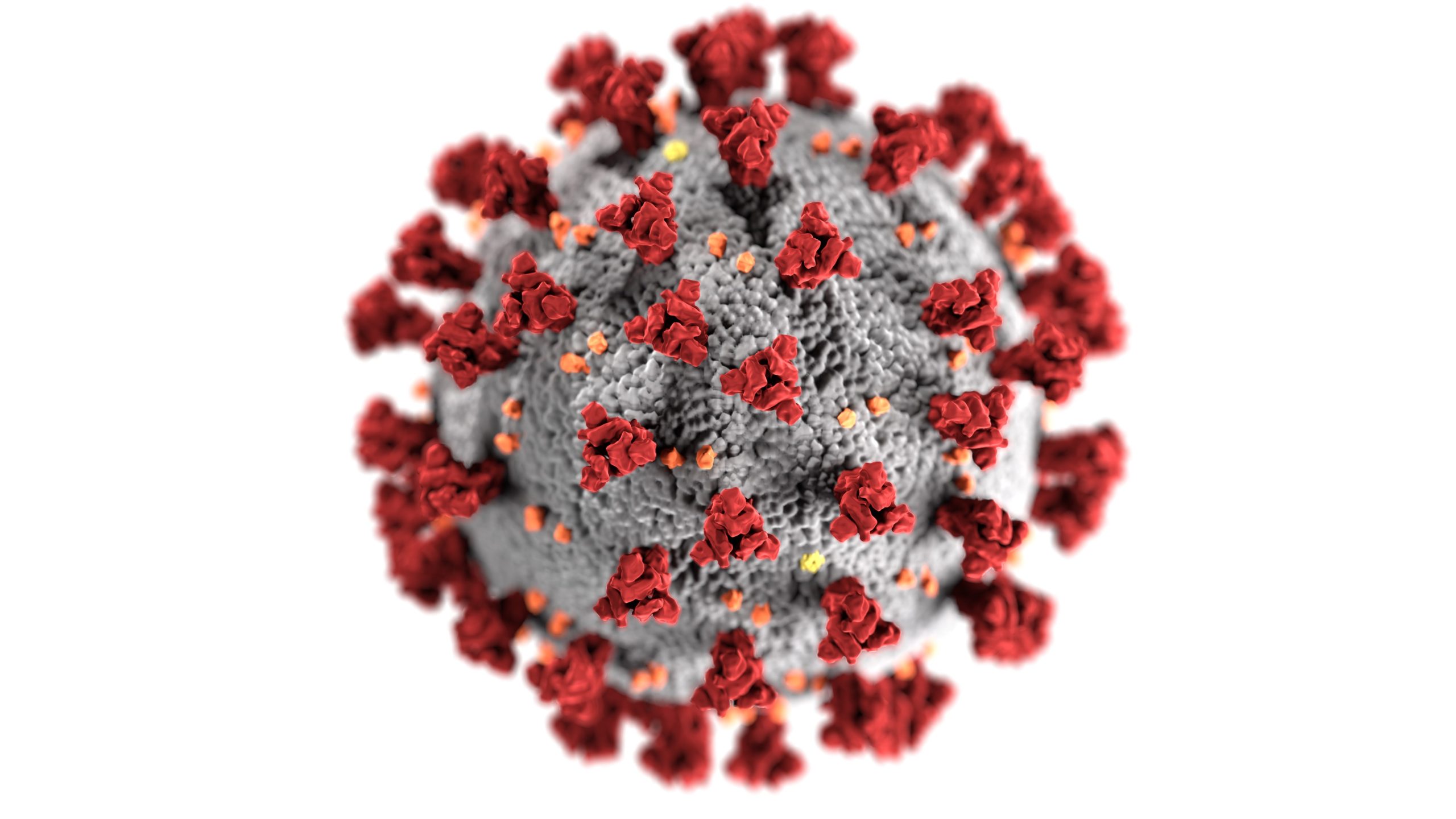These supplementary materials accompany the Veterans Administration’s systematic review of transcranial magnetic stimulation (TMS) for chronic pain, post-traumatic stress disorder, traumatic brain injury, and opiate addiction. Continue reading
Resource Tag: Pain Management
Alternative treatments for pain
Acupuncture
Chiropractic
Massage
Yoga
Rolfing
Evidence Brief: Transcranial Magnetic Stimulation for Chronic Pain, PTSD, TBI, Opioid Addiction and Sexual Trauma
The Veterans Administration’s Evidence Synthesis Program prepared this systematic review on the effectiveness of transcranial magnetic stimulation (TMS) to reduce symptoms in people with chronic pain, post-traumatic stress disorder, traumatic brain injury, and opiate addiction at the request from the Center for Compassionate Care Innovation. Continue reading
Heal Safely Toolkit
This web-based opioid prevention toolkit from Oregon Health Authority’s Heal Safely campaign is intended to be used by community health workers and public health officials to help communities find safe non-opioid options for healing safely and addressing pain. Continue reading
COVID-19 Resources
The National Academies of Medicine’s COVID-19 response page includes resources for supporting individuals with substance use disorder and those who experience pain. It includes links to NAM’s publications and webinars as well as links to other organizations producing materials to address the needs of these individuals. Continue reading

COVID-19
The COVID-19 public health emergency is particularly challenging for people in treatment for substance use disorder, people in recovery, and people who use drugs. This collection features educational resources that can be adapted for local settings, specific guidance on harm reduction, recovery housing and providing peer support services during the pandemic, and links to websites that provide high-quality information, data, and/or examples for local communities to adopt. Continue reading
Intersection of Pain and Addiction
This 6 minute video titled “Intersection of Pain and Addiction” from a clinician at Boston Medical Center’s Grayken Center for Addiction describes how addiction often develops after treatment for pain, how individuals with substance use disorder experience pain differently, and how important it is to treat pain in individuals with current SUD or a history of SUD. Continue reading
Nebraska Pain Management Guidance Document: A Provider and Community Resource
The 2017 Nebraska Pain Management Guidance document was developed by an expert advisory task force consisting of actively practicing clinicians and prescribers, public health officers and senior state officials. The guidance is notable for addressing a broad range of topics including Continue reading

Tips for Talking about Opioids and Pain with Patients
Health care providers often request guidance on how to have conversations with patients about opioids, pain treatment, addiction and other topics that may be challenging. In this collection, we have gathered materials that provide support to providers as they have these difficult conversations. Continue reading
The Oregon State Drug Review: Update on Recent Guidance and Safety Alerts for Opioid Use in Non-cancer Pain
This 2019 update from the Oregon Drug Use Research & Management board provides recommendations for the use of opioids in treating non-cancer pain. The document summarizes guidelines on opioid prescribing produced by the Veterans Administration, the American Society of Interventional Pain Physicians, and the Oregon Health Authority. Continue reading
What Happens When You Flip the Script?
This 4 minute video from Minnesota’s Flip the Script campaign features interviews with a physician and patient about how the decision to change the patient’s opioid prescription improved the patient’s quality of life and the provider’s relationship to his patients and his practice. Continue reading